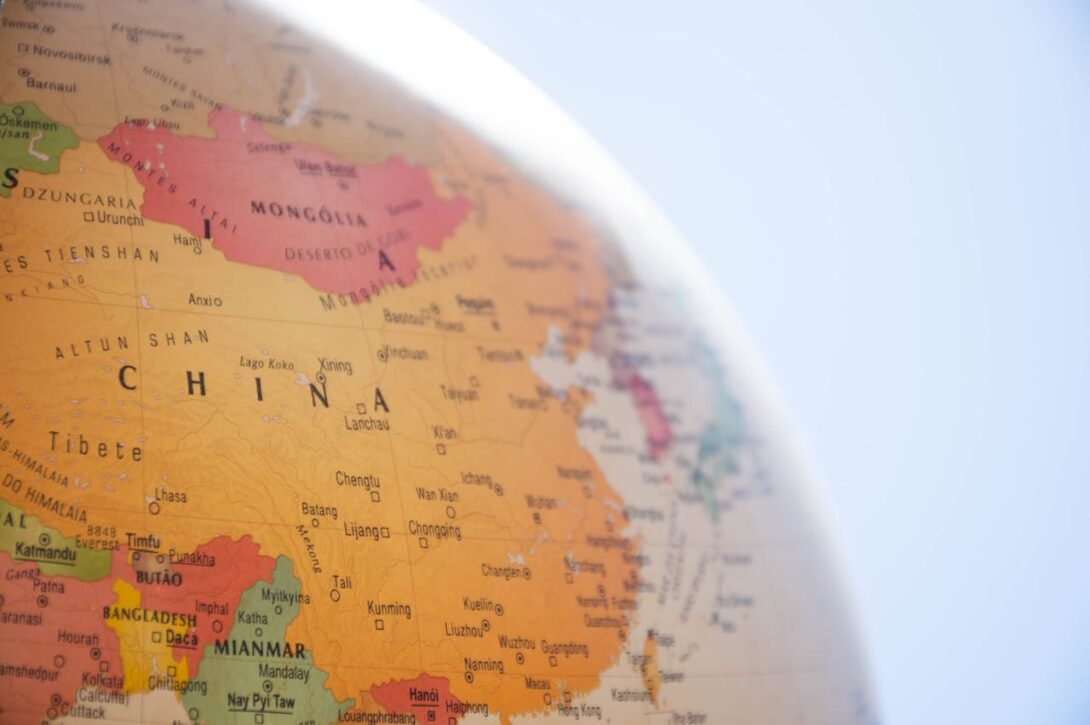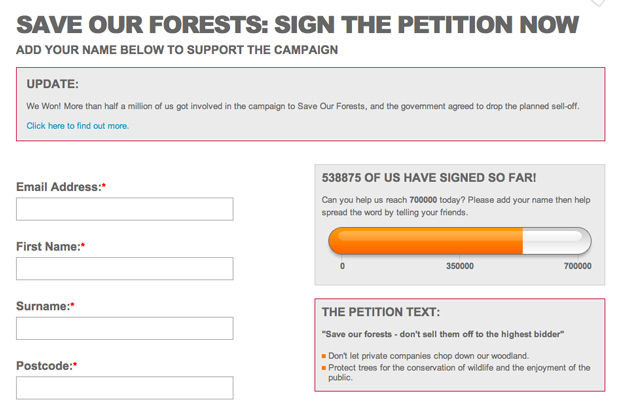Tag: politics
News
- Articles from Policy & Internet
- Books
- Call for Papers
- Child Safety
- Collective Action
- Conferences
- Democracy
- Development
- Economics
- Education
- Environment
- Ethics
- Governance & Security
- Health
- Interviews
- Mapping
- Methods
- Policy
- Politics & Government
- Publications
- Social Data Science
- Submissions Closed
- Tools
- Video
- Wellbeing
-

The life and death of political news: using online data to measure the impact of the audience agenda
Editors must now decide not only what to publish and where, but how long it…
-

Is China changing the Internet, or is the Internet changing China?
By 2015, the proportion of Chinese language Internet users is expected to exceed the proportion…
